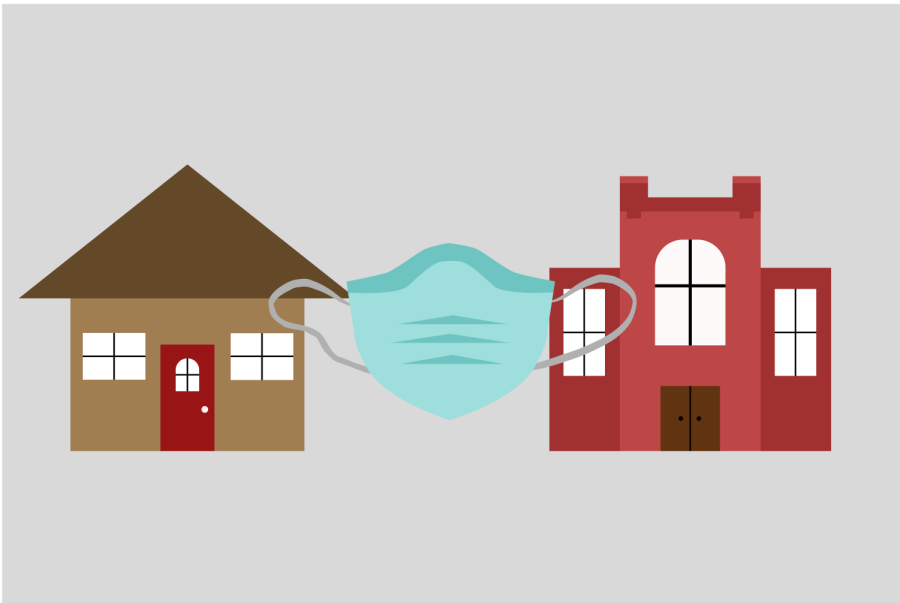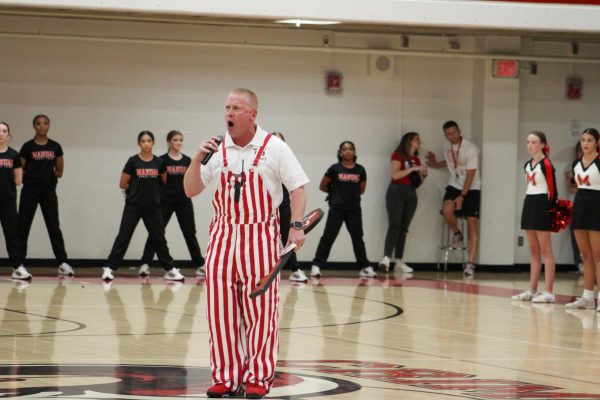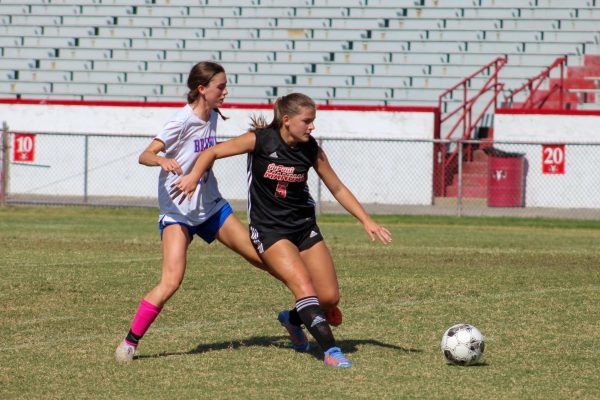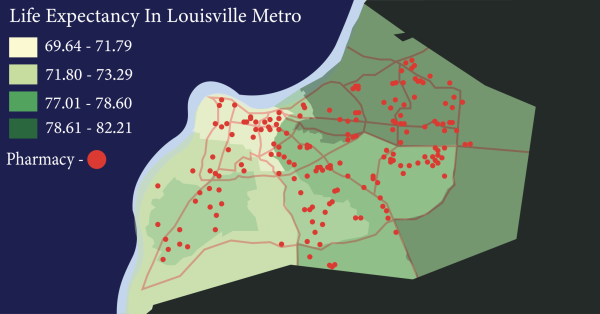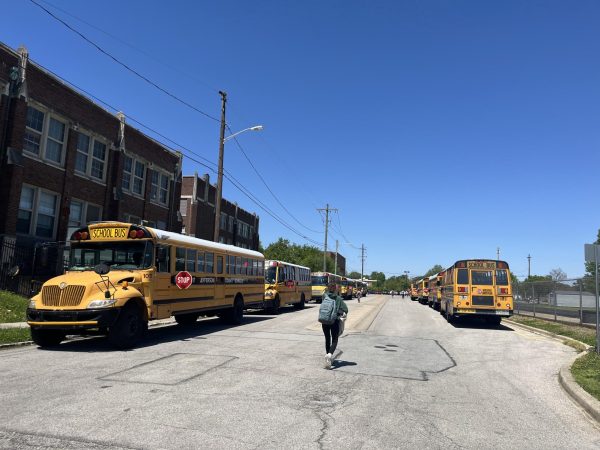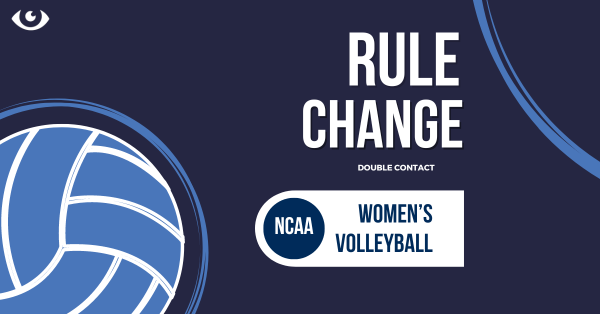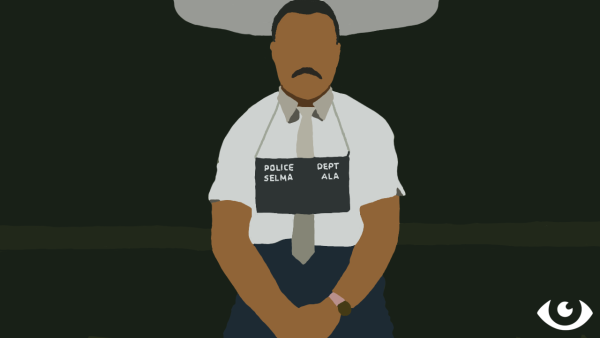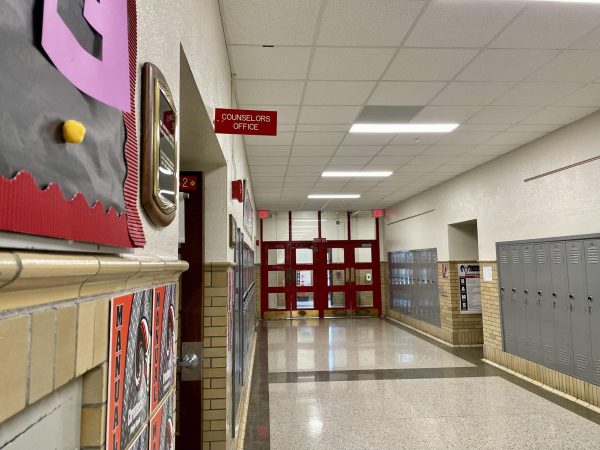OPINION: Manual needs better quarantine procedures
It’s never easy to miss multiple school days and try to make up what was covered/done while you were gone. Having to quarantine adds a whole extra new and unexplored layer to this issue. Graphic by Zoe Paige.
March 21, 2022
COVID has undeniably brought about changes to our school system and how society operates in general. Everything seems to be in constant flux, the most pertinent being our educational environment. As Manual students, we are used to the rigorous fast-paced curriculum and go-getter behavior that being a ram entails. So what happens when you’re forced to hit the pause button? Some students have had to quarantine, whether because they were exposed to or had COVID themselves. These lengthy and sudden breaks in instruction have been detrimental to not only their grades, but to their mental health as well.
Students who have been in quarantine this school year have received hardly any instruction/guidance on how to go about getting work while at home. It’s a relatively new concept with little precedent and even less set structure.
“I received little to none [instruction],” Ehthemoo Po (12, HSU) said. Even when she did reach out, Po was only questioned about her positive test.
I received the same email when I reported a positive test result. I was instructed to stay at home for ten days and to contact my teachers for work. Pretty straightforward, but not very in-depth or supportive. Even though these emails are sent out en masse to those quarantined, it wouldn’t hurt to include a few resources. Of those resources they could include mental health/educational/medical resources or even just activities to keep your brain jogging while removed from your typical environment.
“My motivation was already slipping and after that I just sorta gave up with school,” Kira Pongyaht (11, MST) said, “My mental health was going down because I was in such a big slump for a while.”
Pongyaht never had to report her positive test because it was during the brief return to NTI. Despite everyone being back to the online format, things were still rough. Pongyaht struggled to focus and suffered from a variety of COVID symptoms, making it hard for her to accomplish daily tasks, let alone schoolwork and studying. While she was sick, only one teacher reached out to ask why she wasn’t attending online classes. Her GPA dropped drastically and she is still working hard to get it back to what it once was.
Students shouldn’t be held to the same standards as other students when in quarantine. They need support. Students in quarantine could be having symptoms, mental health struggles and clambering to keep up with school while out. High school serves as a transition point, with an emphasis on being a precursor to adulthood. This isn’t college or the workforce just quite yet and students are still developing critical skills.
When I was quarantined in late January, I faced every one of these problems. Not only was I facing what I had feared most the past two years (getting COVID), but I was also facing a lack of motivation to tackle the exponentially growing pile of work I knew I was missing. I wasn’t feeling well, both physically and mentally. There was the isolation aspect of it all, combined with having to fight the virus and also keep my head above water when it came to school. How could I muster up the energy to study math equations when I could barely get out of bed some days?
It wasn’t even so much as the work as it was trying to figure out what I had missed. I knew the work was piling up in my absence but wasn’t entirely sure of what work that even was. Just the thought of what was to come was a mental load all in itself.
Teachers have a lot on their plate and it’s difficult for them to keep track of what students have missed school or who is in quarantine and should be sent what work/lessons. I believe measures should be in place to ensure that students who have been quarantined get extra help to make sure they are not left behind. We need to construct a system that will aid students and not put a burden of responsibility on teachers.
Here are a few things that could help.
For preventative measures, we could beef up the emails sent out to the students. As I mentioned, there should be mental health resources, educational resources and more. Students at home should be subject to the same spontaneous mental health check-ins we do school wide. The form can be modified and could be beneficial in gauging the mental states of those at home. Students often will not reach out when it comes to mental health, so administration taking the first step in reaching out is crucial. This could especially help counselors and teachers see how much help they need to cater to specific student needs.
Next, the email could include educational resources. It could send links to websites or tutors to help quarantined individuals. Teachers could also be notified of their student’s status so that the students do not have to take it all into their hands, especially since they are already dealing with a positive COVID result. Google Classroom is an amazing resource and needs to be used more by teachers, especially in the case of prolonged absences. That way students can find out what work was done in class and not have to constantly email teachers or face a tremendous workload upon returning.
“I don’t know if teachers knew some students were in quarantine or not,” Po said, “It would’ve helped if they had a set plan of what ‘to do’ this and that day.”
Finally, the school should send students helpful medical advice. It could include links to CDC guidelines, what to do when you get a positive result and how to go about treating illness. This information in one place is very helpful and could benefit a variety of students.
Short of a personal call home, these changes along with others can be made to help our students.
“If the teachers just sympathized with us for a hot minute and gave us breaks and tried to understand why so many of us were struggling then things would’ve been better,” Pongyaht said.
Students had to bear the brunt of the burden: having to reach out and find schoolwork themselves, tending to their illness, managing mental health and all on top of that trying to maintain a sense of normalcy in quarantine.
“I did the keeping up with the workload and reaching out myself,” Po said.
This isn’t to blame administrators or teachers, who are also having to adapt to these newer concepts and are working incredibly hard to help their students. Rather, these are suggestions and student input to show what could be done to change what hasn’t been working.
Everyone has suffered this year, but creating a better plan for whatever the future holds is important. We can learn from the past and build on it.


